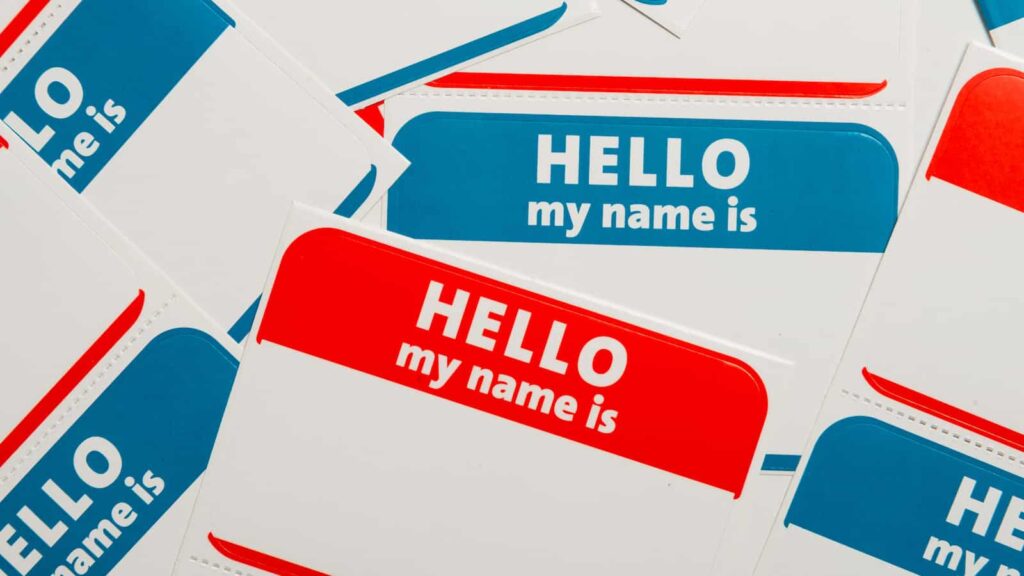11 Shocking Cultural Differences Between the USA and Japan
11 Shocking Cultural Differences Between the USA and Japan

When you visit another country, you encounter many cultural differences that might surprise you. The USA and Japan are two countries with distinct traditions and social etiquettes that can be quite a shock for travelers.
From tipping practices to how we talk on public transport, there are many differences to be aware of. Let’s explore 11 of these cultural contrasts to help you understand what to expect and how to behave appropriately when you visit Japan.
1. Overtipping where it’s not common

In the USA, tipping is a big part of the culture. We tip waiters, taxi drivers, and many others who provide us services. However, in Japan, tipping is not a common practice. In fact, it can sometimes be seen as rude.
Service workers in Japan are paid a wage that doesn’t rely on tips, and they take great pride in providing the best service as a part of their job, not for extra money. So, when you’re in Japan, keep your tips to yourself and simply offer a polite thank you as this will be more appreciated.
2. Lack of small talk in Japan

Americans often engage in small talk whether it’s with a cashier, a co-worker, or someone you meet at a party. It’s different in Japan. Small talk isn’t as common, and conversations typically have a more formal and practical nature.
Japanese culture values silence more than unnecessary chatter, which they might see as a disturbance. So, when you’re in Japan, don’t be offended if people seem more reserved; it’s just part of the culture.
3. Standing too close to locals

In the USA, personal space can vary, but in Japan, personal space is taken more seriously. Standing too close to someone in a public setting like a queue or on public transport can make locals uncomfortable. Japanese people respect a larger personal bubble. So, try to observe and maintain a respectful distance when interacting with others.
4. Talking loudly on public transport

Chatting or talking loudly on your phone on public transport is common in many parts of the USA, but in Japan, it’s considered rude. The trains and buses are typically very quiet places where people respect each other’s space and silence. If you must take a call, speak quietly or text instead to respect the local etiquette.
5. Wearing shoes indoors

Walking into someone’s home with your shoes on is normal in many American homes, but in Japan, this is a big no-no. Japanese culture requires you to remove your shoes at the entrance of homes, certain restaurants, and even some public buildings like schools and temples. It’s a sign of respect and cleanliness, so always look for signs or shoe racks at entrances to know what’s expected.
6. Not removing hats in temples

Visiting religious sites in Japan, such as temples, often requires you to remove your hat as a sign of respect. In the USA, wearing hats in religious places can vary based on the place or the religion. In Japan, however, it’s a general rule to take off your hat in religious sites. Make sure to observe what others are doing, and follow suit.
7. Pointing with fingers

Pointing at people or objects with a finger is often considered rude in Japan. It’s more polite to use a hand gesture with all fingers together or simply nod in the direction you’re referring to. This gesture is seen as less aggressive and more polite.
8. Eating while walking

Grabbing a hot dog or an ice cream and eating it while walking down the street is typical in the USA. In Japan, eating while walking is viewed as sloppy and rude. It’s customary to eat your meal or snack in one spot, ideally where you bought it. There are often designated eating areas for this purpose, especially in places like food markets.
9. Failing to bow correctly

Bowing is an important part of Japanese culture and can signify respect, gratitude, apology, or greeting. Unlike in the USA, where a nod or handshake might suffice, in Japan, the type of bow and its depth convey different meanings. Observing and mimicking locals can be your best guide to using this gesture properly.
10. Offering a handshake in bowing cultures

While Americans might extend a hand as a common greeting, in Japan, the bow is the traditional form. Offering a handshake can sometimes catch Japanese people off-guard. It’s polite to wait and see if a hand is offered to you first, but when in doubt, a bow can always suffice.
11. Using first names too soon

In the USA, calling someone by their first name soon after you meet them is normal and seen as friendly. In Japan, however, this can be seen as too familiar and disrespectful. It’s customary to use last names with honorifics like “-san” until a closer relationship is established. Be mindful of this to avoid any social faux pas.
Understanding these differences can help make your visit or interaction with Japanese culture more pleasant and respectful. Remember, when you’re in a different country, adapting to local customs is key.
We are Mary and Eric, the founders of Be Right Back, a blog dedicated to romance around the globe and at home.
We are Mary and Eric, the founders of Be Right Back, a blog dedicated to romance around the globe and at home. With over 10 years of experience in dating and traveling to romantic places, we share our favorite date ideas and romantic destinations to help couples level up their relationships. Having lived in and traveled through the USA, we also share our favourite things to do in the States.
With 70,000 monthly readers and 16,000 followers on social media, Be Right Back is your go-to resource for romantic trip ideas and couple activities at home and abroad.
